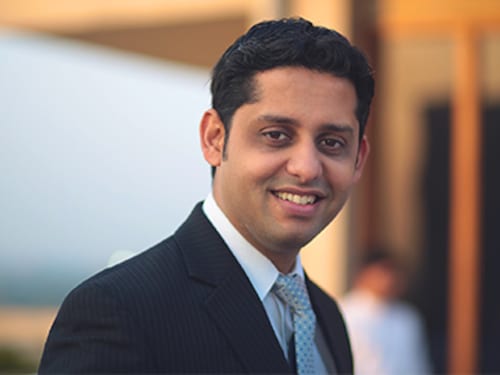India grapples with 'surge pricing', as cab-ride hailing gains popularity
Uber India's Bhavik Rathod explains the rationale behind charging more for a ride when cabs are scarce, and demand for them is high


One strong view on Uber Technologies’s “surge pricing” strategy, is that it is blatantly opportunistic.
Surge pricing refers to the ridesharing startup’s practice of charging more for a ride when cabs are scarce and demand for them is high.
Cities such as Delhi and Bangalore — two of Uber’s biggest markets within India — have already warned Uber and its Indian competitor Ola against adopting the practice, and have even impounded some taxis as startups didn’t adhere to the diktats, according to several media reports.
Another way to look at surge pricing is that it’s a technology-led innovation aimed at increasing availability by making it more attractive for drivers to log on to the cab-hailing provider’s network and accept bookings. And in the absence of reliable public transport alternatives, the startups have found a “void,” that can be filled, Bhavik Rathod, general manager for south and west at Uber India, said in an interview on Thursday.
Stepping off of an overnight train or an inter-state bus in summer, travel-weary and dying to get home to a clean toilet, almost everyone has experienced being at the mercy of autorickshaw drivers. The ride-hailing service providers have a real chance to deliver urban local transport at a level of convenience never seen before in this country, and simultaneously raise the autorickshaw driver to the status of a micro entrepreneur.
Today a “majority” of the 250,000 drivers on Uber’s network in India are “owner-drivers,” Rathod said.
And unlike the whims of the autorickshaw driver, surge pricing is transparent, he believes. A proprietary machine-learning algorithm decides when surge pricing kicks in and determines what the increased fare is, say 1.6X the usual fare, and one has the option to accept it or tell Uber via the smartphone app to be notified when prices drop.
“It’s an algorithm that’s been worked and worked and worked over the last few years,” Rathod said. “It computes in real-time based on the number of people who are looking for a ride, number of cars available at a particular time, location and for a specific product too.”
That means, Uber Go, the cheaper service with smaller cars could surge, while Uber X, typically sedans, may not surge at the same time in the same location. The computation depends on a whole host of parameters that the complex algorithm tracks: it captures the instance of someone opening the Uber app on her smartphone as an indication of intent to book a ride — and the aggregate of many such instances as part of the indication of demand. And it also takes into account data on how many rides are about to end in a specific location.
Rathod declined to say how many booking requests Uber gets in a day and how many it is actually able to fulfil. However, India is still such a nascent market for cab-hailing, that the companies are grappling with actually getting enough drivers on to their networks, and the consensus is that demand outstrips supply by five or six times.
“And most of the benefits of surge pricing actually goes to the driver, because it is part of the fare,” Rathod said. Uber benefits only to the extent that it takes the same percentage of the overall fare as its commission. While Rathod didn’t reveal details of Uber’s share, it is widely known to be in the range of 20 percent to 25 percent.
Rathod argues that surge pricing is but one of many factors — all aimed at making the overall system continuously more efficient and reliable — with some very sophisticated technology going into it.
“The average wait time for an Uber cab today is 4 minutes in Bangalore,” he said. “And when we did 12 minutes or 15 minutes back in August 2013, when we first entered the market, people were saying ‘wow.’”
“At 4 minutes, we are reaching that tipping point, where more people will say, ‘hey, let me leave my car home and take an Uber.’”
Surge pricing is part of that evolution of making the service so efficient that, eventually, taking an Uber should become a habit as an oft-preferred mode that has multiple benefits for multiple parties. And as services such as car-pooling and social-network based pooling also kick in, the missing piece could probably be driverless cars.
In the mean time, however, surge pricing is a choice: one can wait for prices to go down or check to see if alternatives are available. Or pay a price for the certainty of getting a ride home sooner rather than later.
“As disruptions come in, it is hard to digest initially, until the dynamics of all the benefits are understood,” Rathod said.
First Published: Apr 21, 2016, 16:09
Subscribe Now